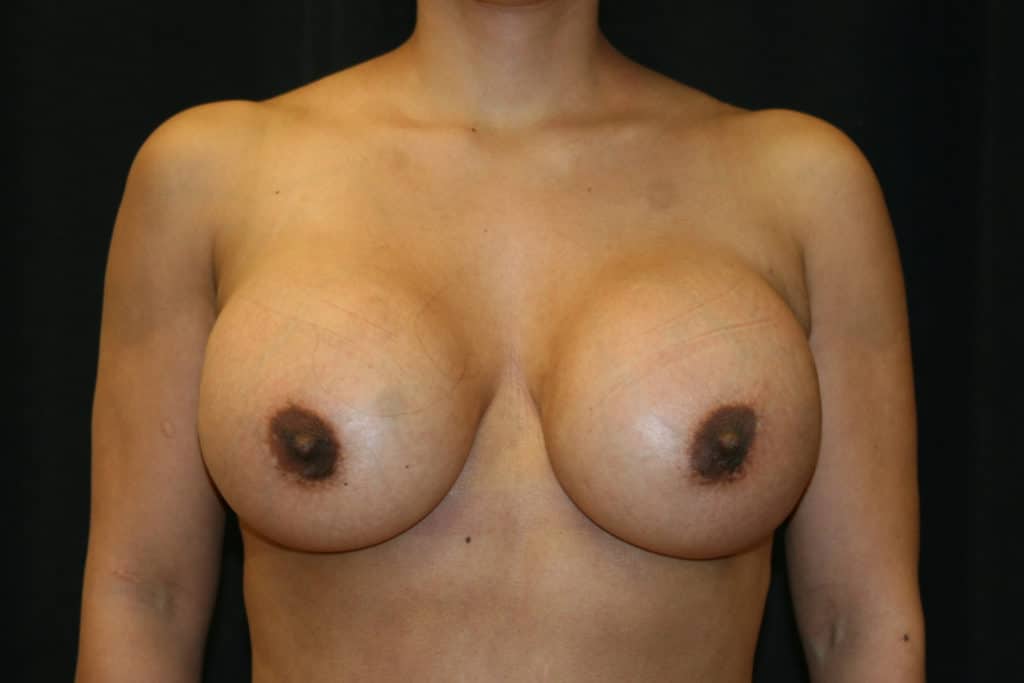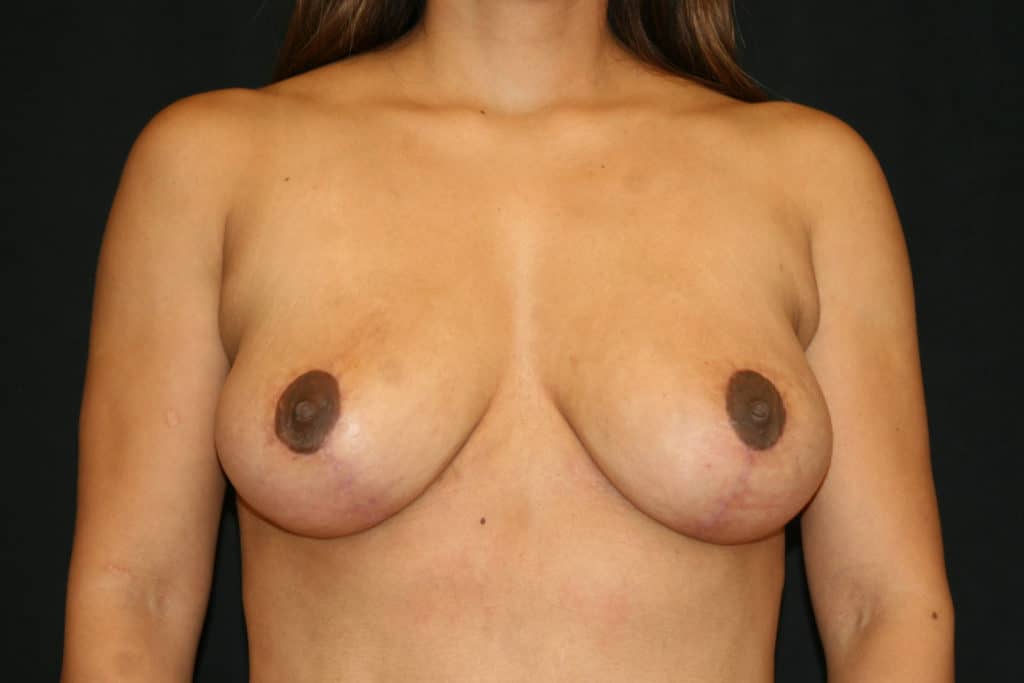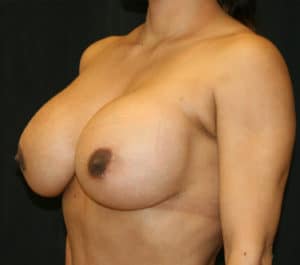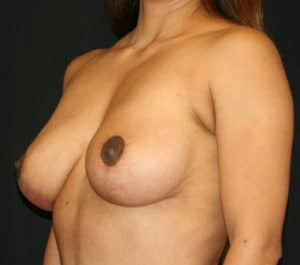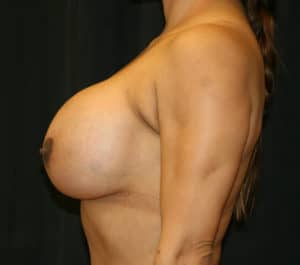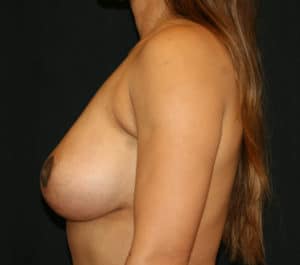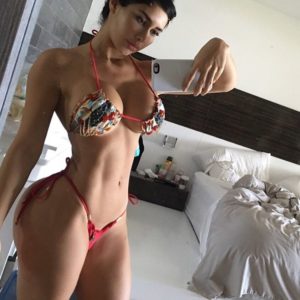As a plastic surgeon treating breast implant associated deformities and illnesses for over 25 years, I have seen many patients such as Dolly Parton who now complain of pain associated with the breast augmentation. For example, I treated award winning actress Sally Kirkland back in the late 90s for breast implant related pain. I removed her implants and their associated encasing collagen capsules and corrected her resultant “empty breast” via a mastopexy or breast lift in common parlance.
Actual breast pain tends to be more frequent in patients with very large (i.e. heavy) implants. especially in conjunction with thin, stretched-out overlying breast tissue. Indeed, the implant itself becomes the main culprit responsible for the thinning; essentially, a vicious cycle develops taking the patient down a one-way street of pain.
Heavy implants especially in delicately framed women can also contribute to cervical, deltoid and upper back pain. Again, this could simply be represent the long term effects of heavy implants upon the upper body. The only way to alleviate this painful ball-and-chain effect is to either reduce the implant size or just remove them completely. A breast lift is often done in conjunction with implant removal to tighten the excess loose skin left behind.
Capsular contracture is another reason for breast pain extending to the shoulder like a vice, limiting one’s range of motion . When implants are placed in a pocket under the breast a capsule composed of your body‘s natural collagen develops to line the pocket. This capsule can have a mind of its own and decide to shrink down tightly around the implant causing distortion and in some cases significant pain. This can be torturous and removal of the scar tissue is the only way to effectively treat the problem.
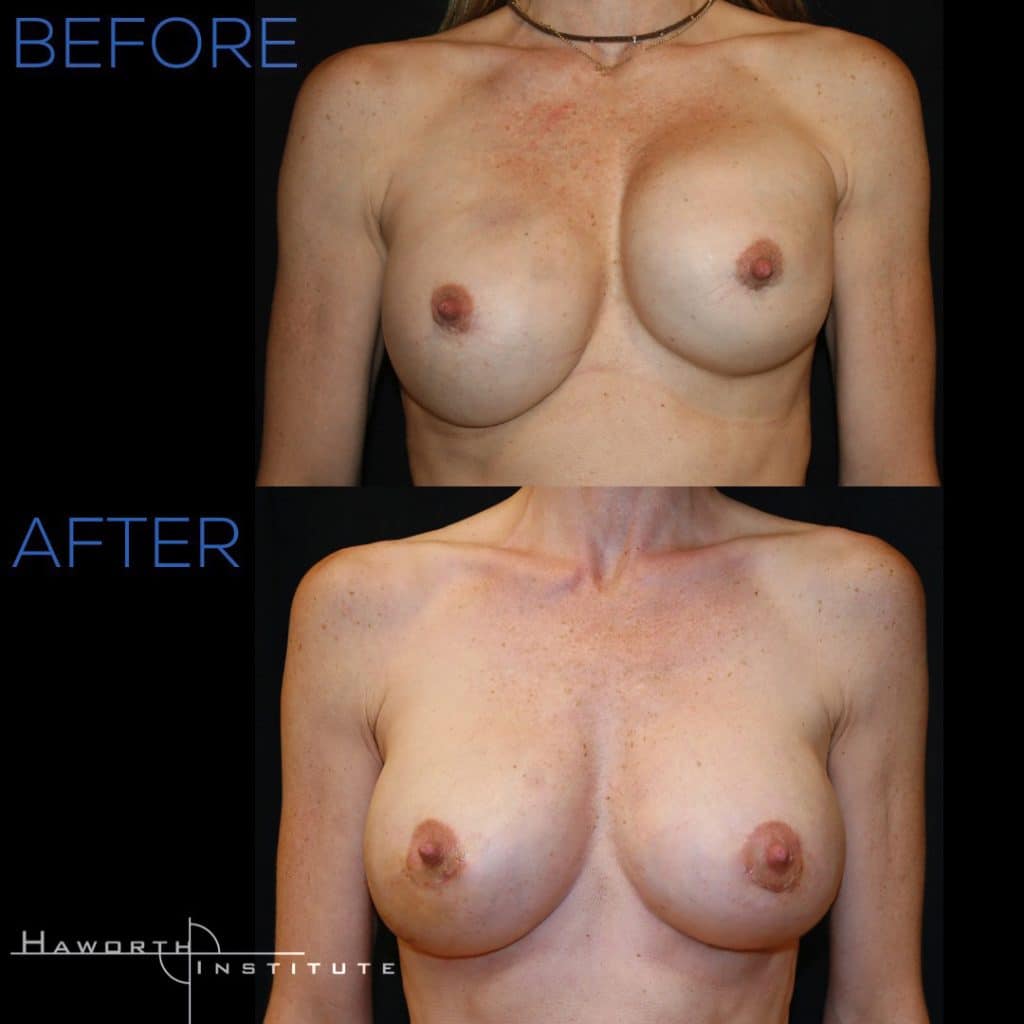
Right mild Baker’s III encapsulation
(Grade I -Normal
Grade II- Hard & stiff, but fairly normal appearance
Grade III- Hard & distorted
Grade IV- Hard, distorted with pain)
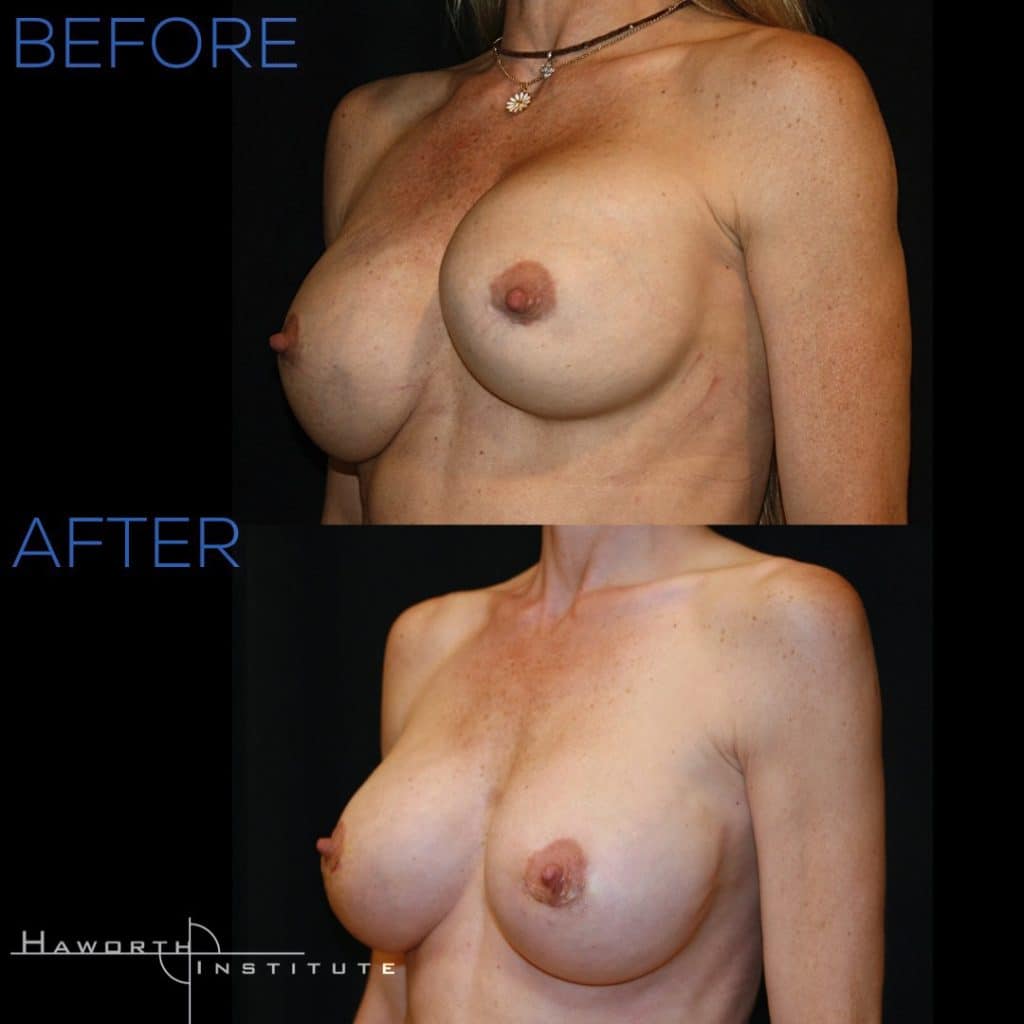
Finally, many patients suffering from breast implant-related pain have attributed their problems to auto immune disease caused by the very implants themselves. Often times, these patients may complain of other systemic painful symptoms including fibromyalgia and fatigue. Though few doctors question their pain, there has been little scientific proof that there’s a link between painful auto immune disease such as fibromyalgia and breast implants.
Most women end up loving their breast augmentation and even accept mild discomfort in order to maintain their new cleavage. However, for the unfortunate minority who experience severe pain, parting ways with their breast implants may be their only solution.

